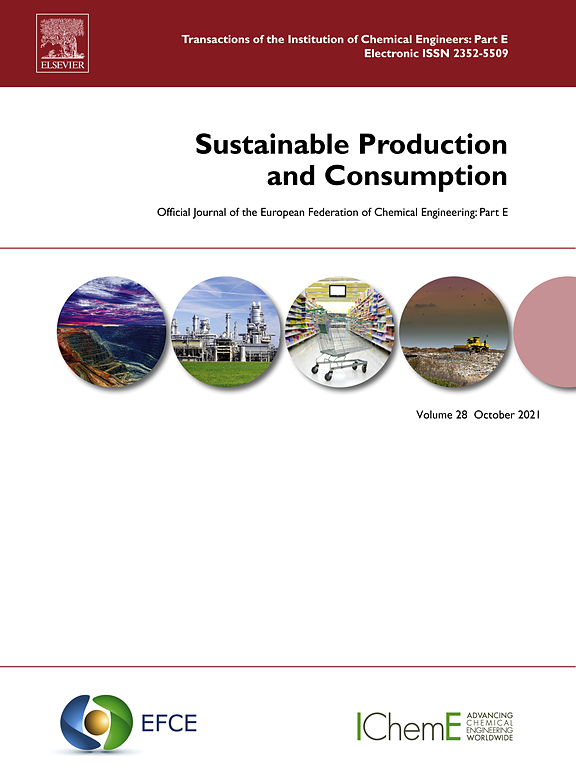Leave a Reply
You must be logged in to view and post comments.
The carbon emission rebound of the post-2008 financial crisis teaches us a lesson that avoiding a rebound in carbon intensity is key to prevent the carbon emission increase afterward. Although how carbon emission will change the world after the COVID-19 pandemic is unknown, it is urgent to learn from the past and avert or slow down the potential rebound effect. Therefore, this study aims to identify key drivers of carbon intensity changes of 55 sectors, applying the decomposition techniques and the world input output data. Our results demonstrate that global carbon intensity fluctuates drastically when shocked by the global financial crisis, presenting an inversed-V shape for the period 2008–2011. Industrial carbon emission and gross output vary among different industries, the growth rate of industrial carbon intensity varies from -55.55% to 23.77%. The energy intensity effect and economic structure effect have opposite impacts on carbon intensity decrease, accelerating and hindering the decreasing carbon intensity, respectively. However, the energy mix effect has a minor impact on carbon intensity decrease. The industrial carbon intensity decomposition results show the impact of technological and structural factors are significantly different among industries. Moreover, the impact of energy intensity is slightly stronger than the energy mix. More measures targeting avoiding the rebound in carbon intensity should be developed.
